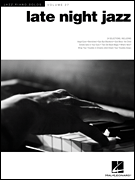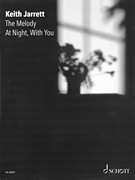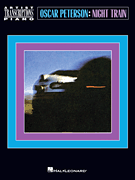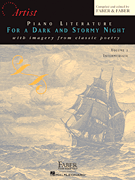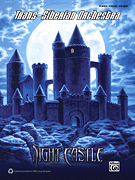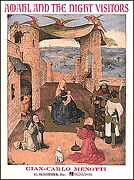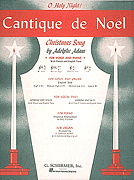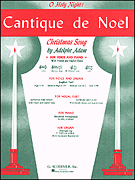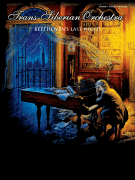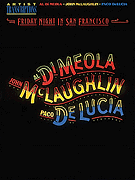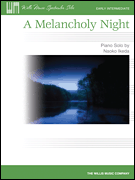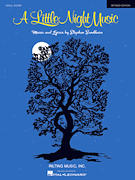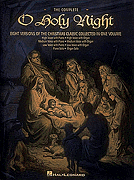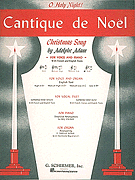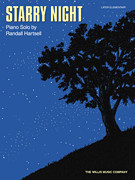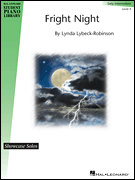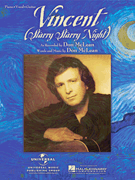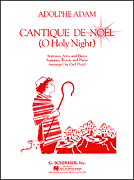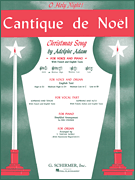Search Results for: “Night”
Loading...
Silent Night View 657 Products
Joy To The World View 549 Products
O Holy Night View 305 Products
A Hard Day's Night View 295 Products
The Music Of The Night View 234 Products
One View 210 Products
Quiet Nights Of Quiet Stars (Corcovado) View 165 Products
A Night In Tunisia View 154 Products
All Through The Night View 152 Products
Strangers In The Night View 141 Products
Gloria View 140 Products
Nights In White Satin View 121 Products
A Nightingale Sang In Berkeley Square View 116 Products
Night And Day View 112 Products
I Could Have Danced All Night View 104 Products
Good Night View 87 Products
Night Train View 84 Products
One More Night View 78 Products
Arabian Nights View 78 Products
You Shook Me All Night Long View 72 Products
In The Still Of The Night View 70 Products
Summer Nights View 69 Products
Some Nights View 59 Products
The Last Night Of The World View 57 Products
